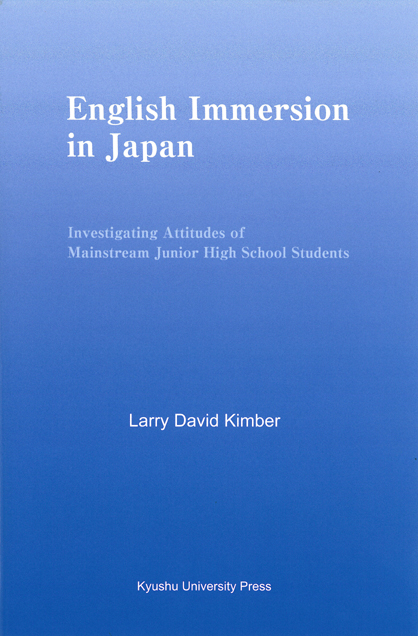Introduction
Although the term “immersion” seems to have become an attractive label in Japan for any form of intensive English language experience, immersion education has been slow to take hold in Japan to the same extent that immersion and bilingual education have in other countries around the world. A prevalent question of many Japanese parents and educators regarding immersion is: What impact will the immersion experience have on young learners’ first language and cultural identity? Behind this question lurks a fundamental misconception regarding foreign language acquisition for learners who speak the dominant societal language and points to the now discredited “container” view of language where the learning of a second language can “push out” a first language. The study described in this book explores the assumptions of Japanese junior high school students toward English immersion education. In illuminating attitudes toward immersion education in particular, this insightful investigation also exposes the underlying ambivalence that some Japanese may have toward early bilingualism.
( Quoted from “Foreword” by Dr. Mike Bostwick )


